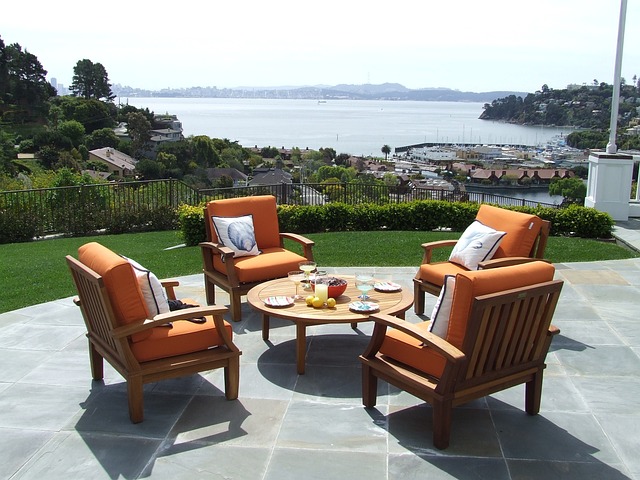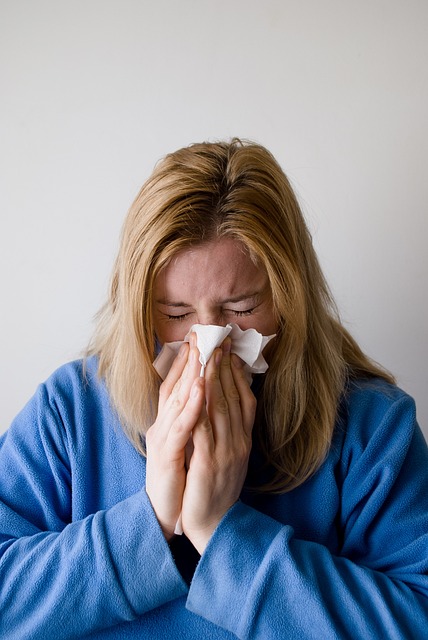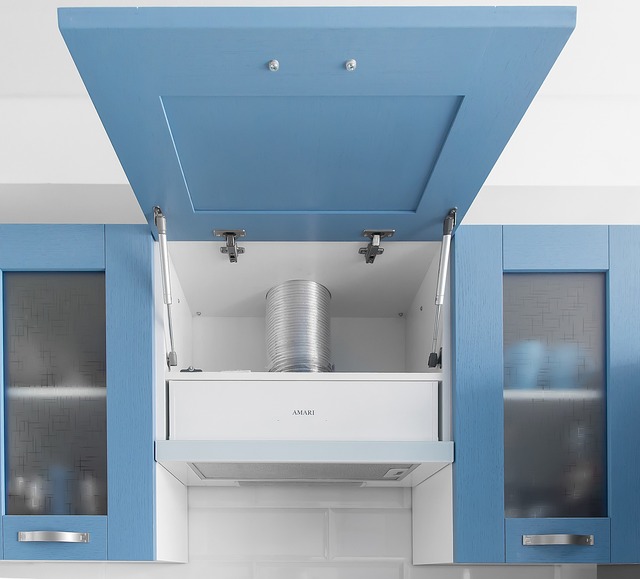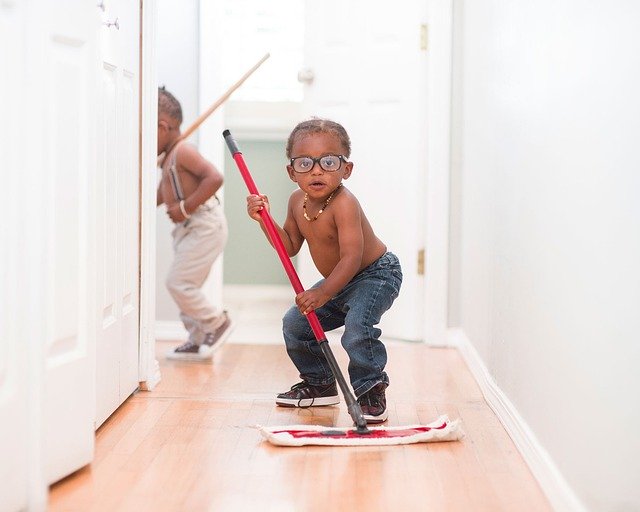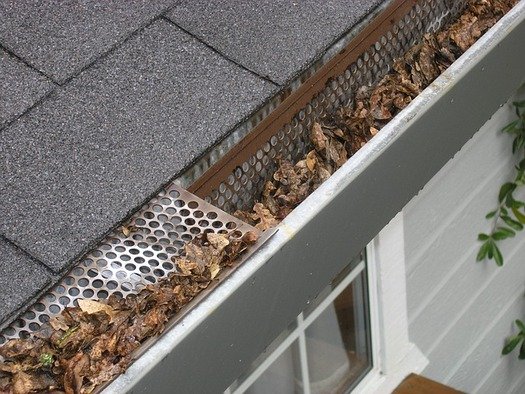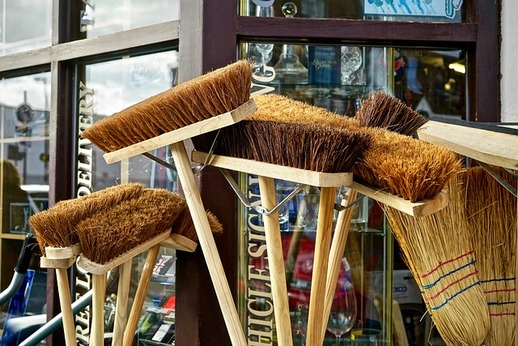Outdoor furniture is more than just functional; it’s an extension of your home, a space where you create memories, and a reflection of your personal style. However, the elements, seasonal changes, and everyday use can all take a toll on your cherished outdoor pieces. The good news is that cleaning and maintaining your outdoor furniture can be a simple and rewarding process, one that ensures they remain beautiful, comfortable, and ready for relaxation year after year. Whether your outdoor retreat features classic wood, sleek metal, low-maintenance plastic, or the natural charm of wicker, we’ve got you covered with tips and tricks tailored to the specific materials and fabrics used in your outdoor haven.
In this comprehensive guide, we’ll delve into the details, from understanding the unique requirements of different outdoor furniture materials to selecting the right tools and cleaning solutions. We’ll provide step-by-step cleaning instructions for metal, wood, plastic, wicker, cushions, and even umbrellas, ensuring your outdoor space is a true paradise. We’ll share the little-known secrets to maintaining your outdoor retreat effortlessly, so you can spend more time enjoying it and less time worrying about its upkeep. Whether you’re a seasoned outdoor enthusiast or new to the joys of al fresco living, you’ll find invaluable insights and practical advice to make your outdoor space as alluring as the day you first envisioned it.
Understanding Your Outdoor Furniture
Before delving into cleaning methods, it’s crucial to understand the materials used in your outdoor furniture. The choice of materials impacts the cleaning and maintenance process. Here are some common outdoor furniture materials:
- Metal: Metal furniture is durable and resistant to the elements. Common types include aluminum, steel, and wrought iron. However, metal can develop rust if not properly cared for.
- Wood: Natural wood, such as teak, cedar, or eucalyptus, provides a timeless and warm look to outdoor spaces. But wood furniture can be prone to discoloration and decay without the right care.
- Plastic/Resin: Plastic or resin furniture is lightweight, affordable, and easy to clean. It’s a popular choice for those who want low-maintenance outdoor seating.
- Wicker/Rattan: Wicker and rattan furniture offer a charming, rustic aesthetic. They are usually made from natural materials like bamboo or reed, which require specific cleaning methods.
- Cushions and Fabrics: Outdoor cushions and fabrics can be made from a variety of materials, including acrylic, polyester, and other weather-resistant textiles.
- Umbrellas: Outdoor umbrellas provide shade and protection. Cleaning methods can vary depending on the fabric and frame materials.
Tools and Supplies You’ll Need
Before we dive into cleaning your outdoor furniture, gather the essential tools and supplies to ensure a successful cleaning session. Here’s a list of what you’ll need:
- Protective Gear: Depending on the cleaning products you use, consider using gloves and safety glasses to protect yourself from chemicals.
- Broom and Dustpan: Begin by sweeping or brushing off loose dirt, leaves, and debris from your furniture.
- Cleaning Solution: Choose an appropriate cleaning solution based on your furniture’s material. Options include mild dish soap, vinegar and water, commercial outdoor furniture cleaner, or specialty cleaners for specific materials.
- Brushes: You may need different types of brushes, such as a soft-bristle brush, a scrub brush, or a toothbrush, depending on your furniture’s material and the level of cleaning required.
- Hose or Pressure Washer: A garden hose with a spray nozzle or a pressure washer is useful for rinsing off cleaning solutions and stubborn dirt.
- Buckets: You may need buckets for mixing cleaning solutions and for soaking smaller parts of your furniture.
- Microfiber Cloths or Sponges: These are ideal for wiping down and drying the surfaces after cleaning.
- Furniture Covers: Invest in furniture covers to protect your outdoor furniture when it’s not in use.
Now that you have your tools and supplies ready, let’s move on to the specific cleaning techniques for various types of outdoor furniture.
Cleaning Metal Outdoor Furniture
Metal outdoor furniture, such as aluminum or wrought iron, is durable and typically resistant to weathering. However, it can accumulate dirt, dust, and sometimes rust. Here’s how to clean it effectively:
- Dust Removal: Begin by using a broom, brush, or a dry cloth to remove loose dirt and debris.
- Mix Cleaning Solution: In a bucket, combine warm water with a mild dish soap. Avoid using abrasive or acidic cleaners that can damage the metal finish.
- Scrubbing: Use a soft-bristle brush or a sponge to scrub the entire surface of your metal furniture, paying extra attention to any rust spots. For rust removal, you can use a mixture of water and baking soda. Apply the paste to the rusted area and scrub with a toothbrush or a wire brush.
- Rinse: Rinse the furniture thoroughly with a garden hose or pressure washer. Make sure all cleaning residue is removed.
- Dry: Allow the metal furniture to air dry in the sun. This helps prevent any remaining moisture from causing rust.
- Optional Protection: To further protect your metal furniture, consider applying a layer of automotive wax or a specialized metal protector. This creates a barrier against moisture and oxidation.
Cleaning Wood Outdoor Furniture
Wooden outdoor furniture, such as teak or cedar, offers a warm and classic look. However, it’s susceptible to weathering, discoloration, and even decay if not properly maintained. Here’s how to clean and preserve your wooden outdoor furniture:
- Dust and Debris Removal: Start by brushing off loose dirt, leaves, and debris with a broom or brush.
- Cleaning Solution: Mix a cleaning solution using warm water and a mild dish soap. Avoid using bleach or harsh chemicals that can damage the wood.
- Scrubbing: Use a soft-bristle brush or a sponge to scrub the wooden surface, working in the direction of the wood grain. For stubborn stains or mildew, you can add a small amount of white vinegar to the cleaning solution.
- Rinse: Rinse the furniture thoroughly with a garden hose. Make sure to remove all soap residue.
- Dry: Allow the wood to air dry completely. It’s essential to ensure the wood is dry to prevent mold or mildew growth.
- Optional Protection: To protect the wood and maintain its color, consider applying a wood sealant or outdoor furniture oil. These products can help shield the wood from moisture and UV rays.
Cleaning Plastic or Resin Outdoor Furniture
Plastic or resin outdoor furniture is known for its low maintenance. However, it can accumulate dirt and stains. Here’s how to clean it:
- Dust Removal: Begin by sweeping or using a brush to remove loose dirt and debris.
- Cleaning Solution: Mix a solution of warm water and mild dish soap in a bucket.
- Scrubbing: Use a soft-bristle brush or a sponge to scrub the entire surface of the plastic or resin furniture. For stubborn stains, you can apply a paste of baking soda and water.
- Rinse: Rinse the furniture with a hose or pressure washer, ensuring all soap residue is removed.
- Dry: Allow the furniture to air dry. This prevents water spots and ensures a clean finish.
Cleaning Wicker or Rattan Outdoor Furniture
Wicker and rattan furniture have a charming and rustic appearance, but they require specific cleaning methods:
- Dust Removal: Start by brushing off loose dirt, leaves, and debris with a soft brush.
- Cleaning Solution: Mix a cleaning solution using warm water and a mild dish soap.
- Scrubbing: Gently scrub the wicker or rattan furniture with a soft-bristle brush or a sponge. Avoid using excessive pressure to prevent damaging the weaving.
- Rinse: Use a garden hose to rinse the furniture, ensuring all soap is removed. Be cautious about using too much water, as excess moisture can weaken the structure.
- Dry: Allow the furniture to air dry in a shaded area to prevent fading or warping.
Cleaning Outdoor Cushions and Fabrics
Outdoor cushions and fabrics can collect dust, pollen, and stains. Cleaning them regularly keeps your seating comfortable and inviting:
- Removing Cushion Covers: If your cushions have removable covers, take them off and follow the care label instructions for cleaning.
- Vacuum: Use a handheld vacuum with a brush attachment to remove loose dirt and dust from the cushions.
- Cleaning Solution: Mix a cleaning solution with warm water and a mild laundry detergent or fabric cleaner.
- Spot Cleaning: For small stains or spills, spot-clean the affected areas with the cleaning solution and a soft brush or sponge.
- Machine Washing (if applicable): If your cushion covers are machine-washable, follow the care label instructions and wash them according to the manufacturer’s recommendations.
- Rinse and Dry: Rinse the cushions thoroughly with a hose or by wiping with a damp cloth to remove cleaning residue. Allow them to air dry completely.
Cleaning Outdoor Umbrellas
Outdoor umbrellas provide shade and protection from the elements. Cleaning them ensures they remain in good condition:
- Dust Removal: Start by shaking or brushing off loose dirt and debris from the umbrella.
- Cleaning Solution: Mix a cleaning solution using warm water and a mild dish soap.
- Scrubbing: Gently scrub the umbrella canopy with a soft brush or a sponge, paying extra attention to any stains or mildew.
- Rinse: Rinse the umbrella thoroughly with a hose to remove soap residue.
- Dry: Allow the umbrella to air dry while open to prevent mold or mildew growth. Make sure it’s completely dry before closing and storing it.
General Tips and Tricks for Outdoor Furniture Cleaning
In addition to specific cleaning methods for different materials, here are some general tips and tricks to make your outdoor furniture cleaning more effective:
- Regular Maintenance: Establish a regular cleaning schedule to prevent the buildup of dirt, stains, and mold.
- Furniture Covers: Invest in furniture covers to protect your outdoor furniture when not in use. Covers shield the furniture from the elements, reducing the frequency of cleaning.
- Avoid Pressure Washing: While pressure washers are useful for some outdoor cleaning tasks, they can be too powerful and damage your furniture. Stick to garden hoses or a bucket of water for rinsing.
- Protective Coatings: Consider applying protective coatings or sealants on metal, wood, or wicker furniture to enhance their durability.
- Storage: When the outdoor season ends, store your furniture in a dry, covered area, such as a garage or shed. This protects it from harsh winter conditions.
- Inspect and Repair: Regularly inspect your outdoor furniture for any signs of wear or damage. Repair or replace parts as needed to maintain its functionality and appearance.
Conclusion
Outdoor furniture enhances the enjoyment of your outdoor living space. To ensure that your outdoor furniture remains inviting, comfortable, and durable, regular cleaning and maintenance are essential. By understanding the materials your furniture is made of and following the appropriate cleaning methods, you can keep your outdoor furnishings looking their best. Whether it’s metal, wood, plastic, wicker, cushions, or umbrellas, each type of outdoor furniture requires unique care to preserve its appearance and functionality. With the right tools, supplies, and these tips and tricks, you can enjoy your outdoor oasis for years to come, free from dirt and weathering.





